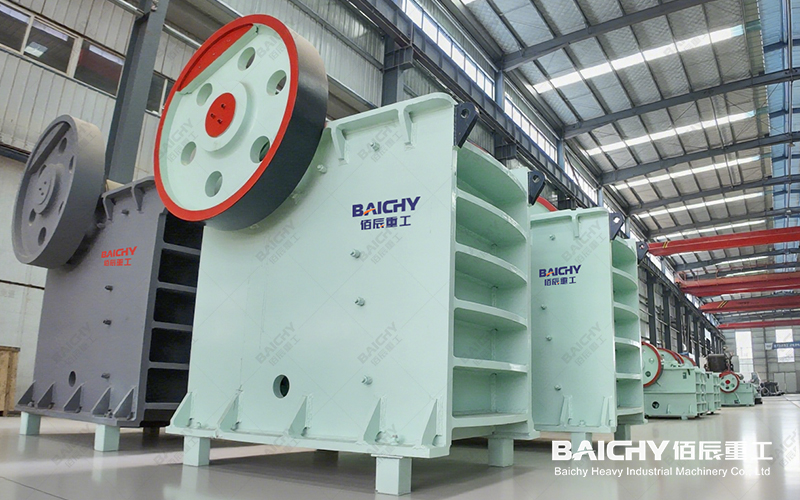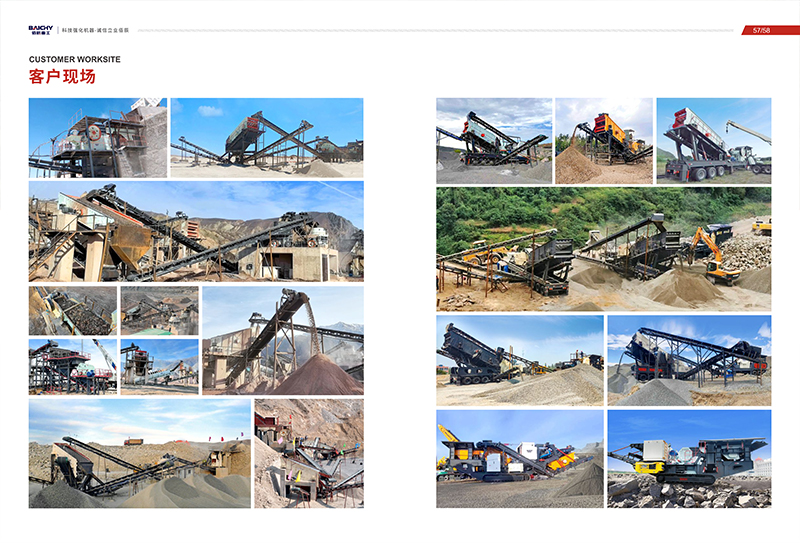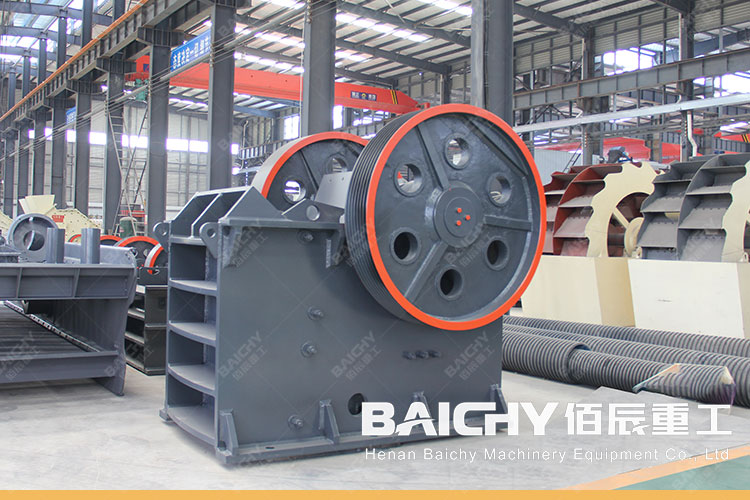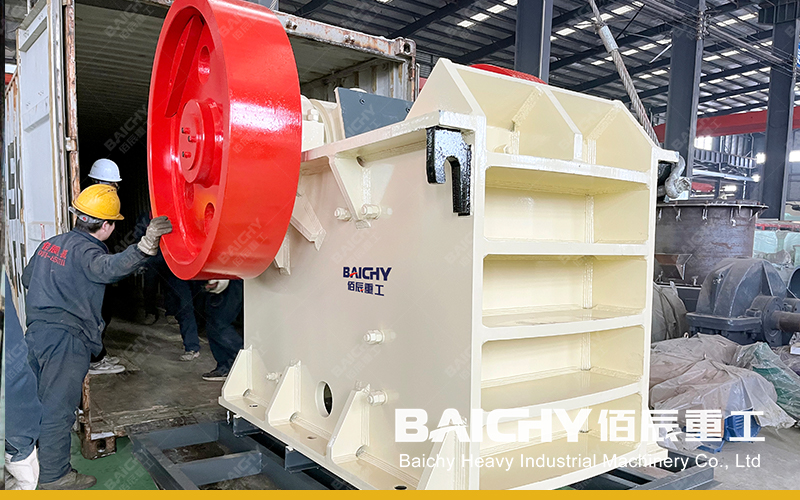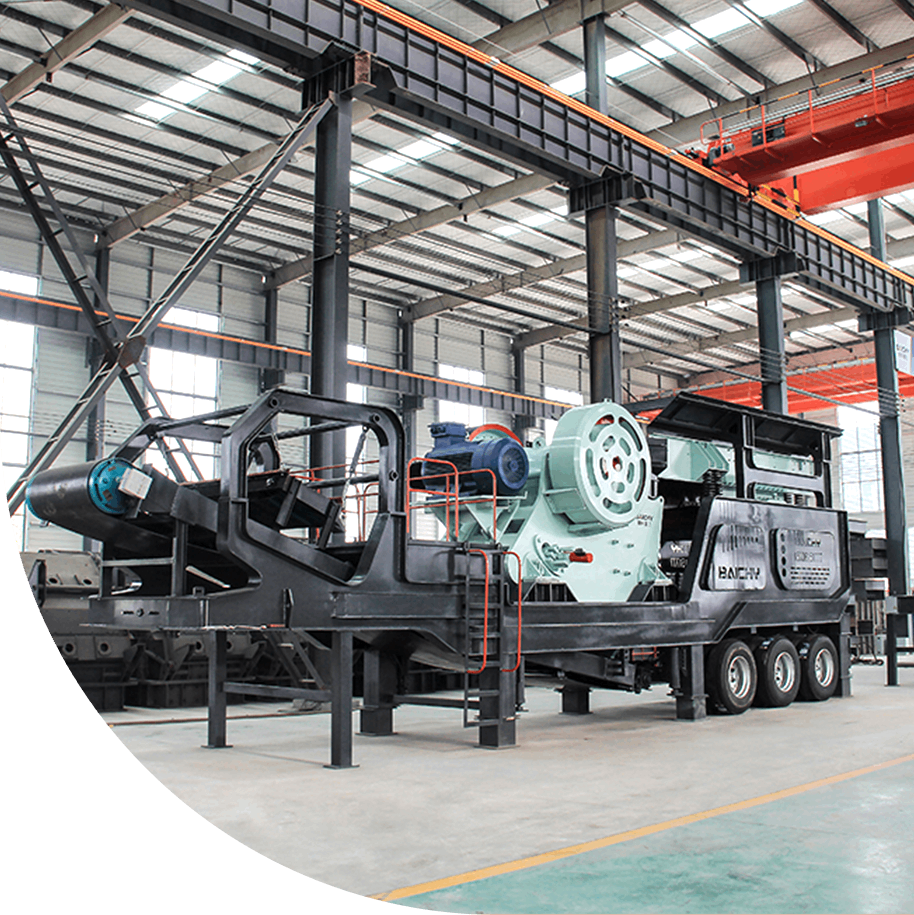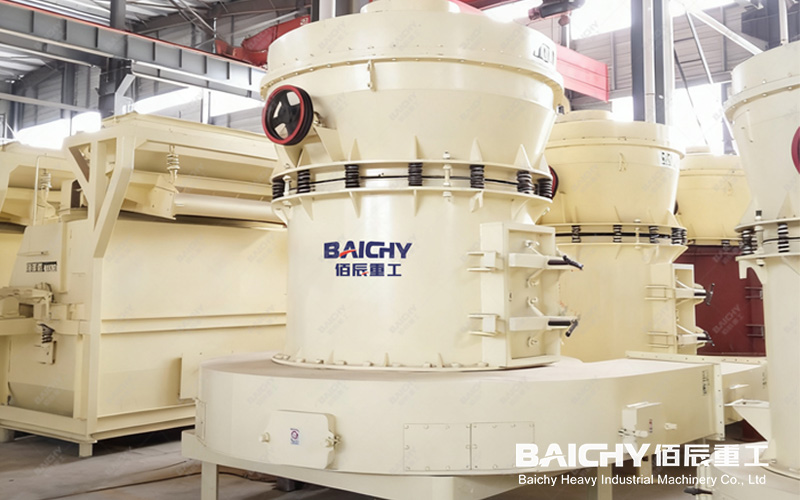
1. The Core Question of Raymond Mill Production: How Many Tons Can It Grind per Hour?
"How many tons can a Raymond millgrind per hour?" This is the most pressing question for all users when selecting a model. However, the specific output of a Raymond mill is not a fixed value; it is influenced by a combination of factors. Simply giving a single number is unscientific.
Generally, the output ranges for different Raymond mill models are as follows (using common limestone as an example, the fineness range is between 80-400 mesh):
• Small Raymond mills (such as 3R and 4R models): Hourly output is approximately 1-10 tons.
• Medium Raymond mills (such as 4R and 5R models): Hourly output can reach 10-25 tons.
• Large Raymond mills (such as 5R, 6R, and above): Hourly output can exceed 25 tons, or even higher.
Therefore, when inquiring about output, it is important to clearly understand the nature of your material, the required fineness of the finished product, and the specific model of equipment.
II. Five Key Factors Affecting Raymond Mill Output
Why does the output of the same Raymond mill vary significantly when processing different materials? The following are the core factors that determine its production capacity:
1. Material hardness: This is the most fundamental factor. Softer materials (such as calcite and limestone) are easier to grind and naturally produce higher output. Conversely, when grinding hard materials (such as quartz and corundum), output is significantly reduced, and wear on the grinding rollers and rings is also increased.
2. Product fineness requirement: The finer the powder, the longer the grinding time and the more air separation cycles required, which leads to a corresponding decrease in output. Pursuing high fineness (such as 400 mesh and above) inevitably sacrifices some production capacity.
3. Material moisture and viscosity: Excessive moisture content or viscosity in the feed can cause the material to adhere to the grinding chamber and analyzer, causing blockage, seriously affecting grinding efficiency and output, and even leading to machine downtime. The typical feed moisture content requirement is less than 6%.
4. Equipment Model and Wear: Larger Raymond mills have larger grinding rollers and more powerful engines, resulting in higher basic production capacity. However, over time, wear of consumable parts such as grinding rollers and grinding rings can reduce grinding efficiency. Regular maintenance and replacement are key to maintaining stable production.
5. Operator Professionalism: Proper air volume adjustment and feed rate control are crucial for maintaining optimal equipment operation. Uniform and continuous feeding is essential for ensuring high and stable production.
3. How to Effectively Increase the Hourly Output of a Raymond Mill?
If you are dissatisfied with the output of your existing equipment, you can consider optimizing it in the following areas:
• Optimize the Model: Before purchasing, thoroughly assess your needs and choose a model slightly larger than your expected output to allow for capacity headroom and avoid over-stretching your equipment.
• Strictly Control Feed Conditions: Ensure that the material hardness, particle size, and moisture content are within the acceptable ranges for the equipment. Pre-dry high-moisture materials and perform primary crushing on bulky materials.
• Maintain equipment in optimal condition: Establish a regular maintenance plan to promptly inspect and replace worn components such as grinding rollers and grinding rings, and ensure proper operation of the blower and analyzer.
• Optimize system configuration: Equip with a high-efficiency pulse dust collector and closed-air feeder to ensure unobstructed airflow, prevent powder blockage and backflow, and improve overall system stability.
• Train professional operators: Ensure operators are familiar with equipment performance and can adjust parameters promptly based on powder output and equipment noise.
In short, the output of a Raymond mill is a dynamic variable, and the desired output per hour depends on specific operating conditions. Scientific selection, standardized operation, and meticulous maintenance are the three cornerstones for ensuring and improving Raymond mill production capacity. We hope this article will help you gain a more comprehensive understanding of Raymond mill output and provide valuable reference for your production decisions.
If you have specific material and fineness requirements, please contact us for a professional output assessment and equipment selection solution!




